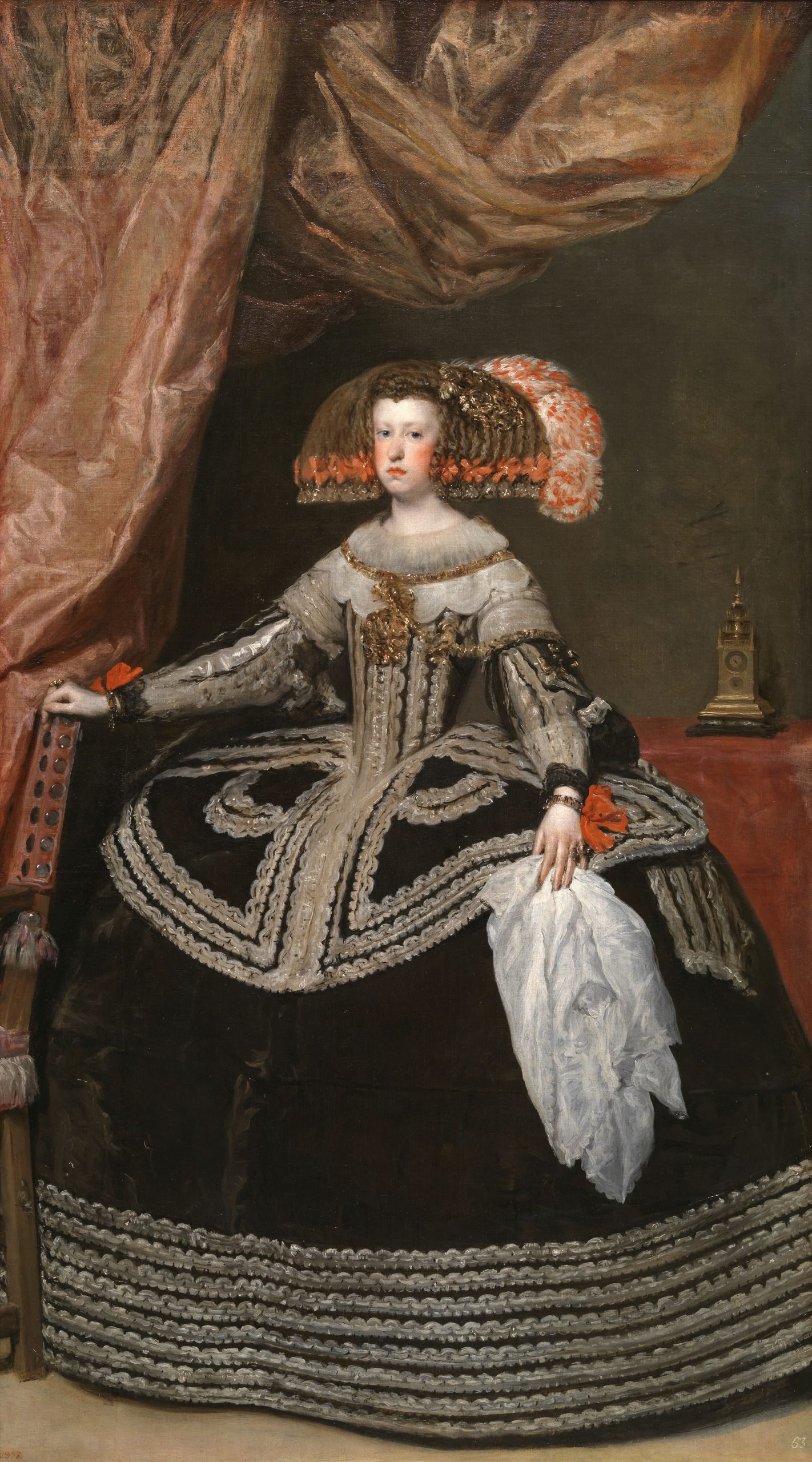
This December, famed Spanish artist Diego Velázquez’s Queen Mariana of Austria (1652–53) will be on view at the Norton Simon Museum in Pasadena, California for the first time in over 30 years. This will mark the painting’s West Coast debut and it will be a focal point of the exhibition titled “Mariana: Velázquez’s Portrait of a Queen from the Museo Nacional del Prado.”
Prior to coming to the Norton Simon, the masterpiece has only been on view once before in the U.S. during a 1989 retrospective at the Metropolitan Museum of Art in New York City. The painting is part of a larger exhibition, organized by the museum’s chief curator Emily Talbot and associate curator Maggie Bell, which will feature other artists who were also collected by the Habsburg court. Additional works by Jusepe de Ribera, Bartolomé-Esteban Murillo and Francisco de Zurbarán, Guido Reni, and Peter Paul Rubens, among others, will also be on display, giving viewers a deeper understanding of 17th-century Spanish painting.
“We were delighted when our colleagues at the Museo del Prado suggested Queen Mariana of Austria as the first loan from the Spanish national collection to the Norton Simon Museum. We have great paintings by 17th-century Spanish artists in our collection, but there are no works by Velázquez at the Norton Simon Museum or at any institution on the West Coast,” said Talbot. “Our display contextualizes Velázquez’s extraordinary career by presenting him in the company of artists that he knew and admired, while highlighting the role that Mariana herself played in her own visual representation.”
The painting itself, which is nearly life-sized, depicts an 18-year-old Queen Mariana following the birth of her son with King Philip IV. Within it, the young queen can be seen in typical Spanish style of that era wearing an exquisite black and silver dress complimented by a guardainfante—an underskirt made up of hoops that expanded the width of a skirt and left the back flat, a common trend in 17th- and 18th-century women’s fashion. The work features rich hues of black and reds and ornate details such as the embroidery on the young queen’s dress and her ornate jewelry.
Portrait of Diego Rodriguez de Sila y Velázquez (ca. 1640). Photo: Hulton Archive/Getty Images.
Velázquez is one of the most famous painters to emerge from Spain during the 17th century. In fact, by 1623, at the age of 24, he had already established himself as the court painter to Philip IV in Madrid. As a result, he would go on to spend the next 40 years creating works centered on royal family—most notably Las Meninas (ca. 1656), starring Philip’s only child, Margarita.
Completed in the summer of 1651, Queen Mariana of Austria, is considered to be one of Velázquez’s most important works of art. Following an extended period abroad in Rome and upon his return to Madrid, this was his first major commission of that time, and this subject in particular would come to mark a new period in Velázquez’s work. Following the completion of this work, Velázquez would go on to depict female subjects and children in the last half of his artistic career.
Signed works by Velázquez are increasingly rare, and today only a handful of them exist within U.S. museums. The Prado’s collection, on the other hand, comprises 48 paintings by Velázquez—an astonishing 40 percent of the artist’s total body of work. Queen Mariana is on loan to the Norton Simon as part of an ongoing exchange between the museums, which began earlier this year when Francisco de Zurbarán’s Still Life with Lemons, Oranges and a Rose (1633) traveled to Madrid.
“Mariana: Velázquez’s Portrait of a Queen from the Museo Nacional del Prado” will be on view at the Norton Simon Museum, 411 W. Colorado Blvd. at Orange Grove Boulevard, Pasadena, California, December 13, 2024–March 24, 2025.